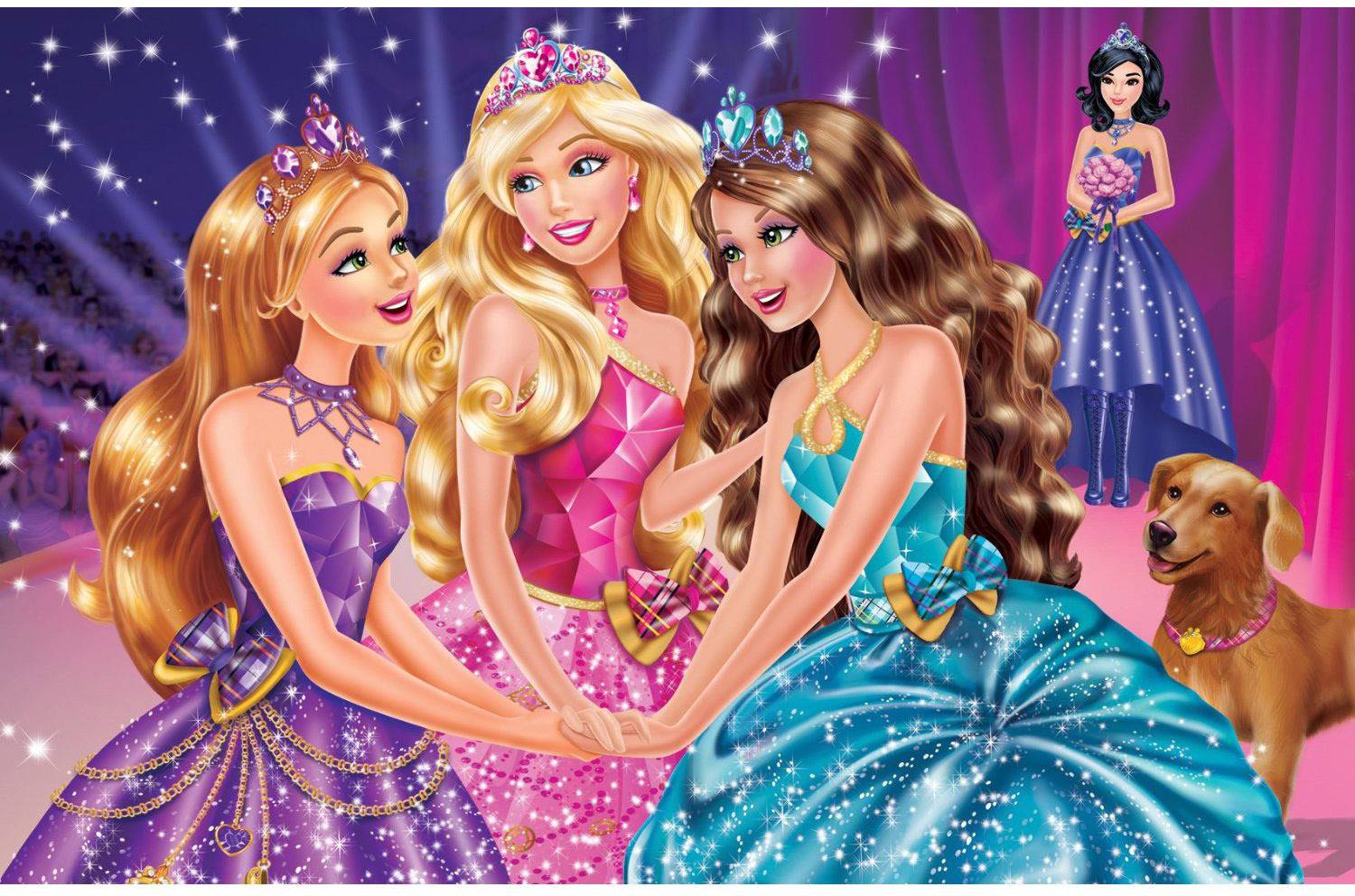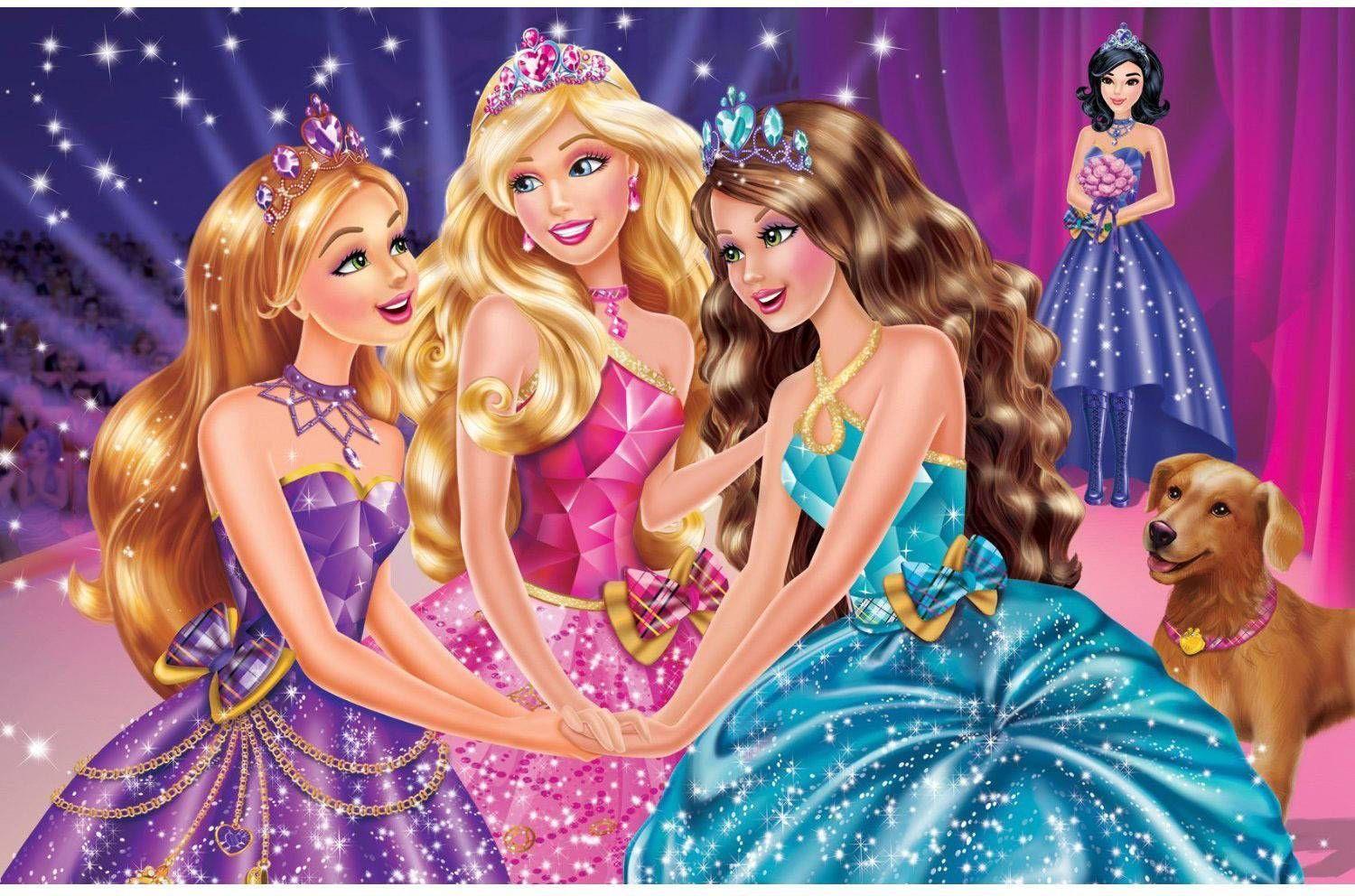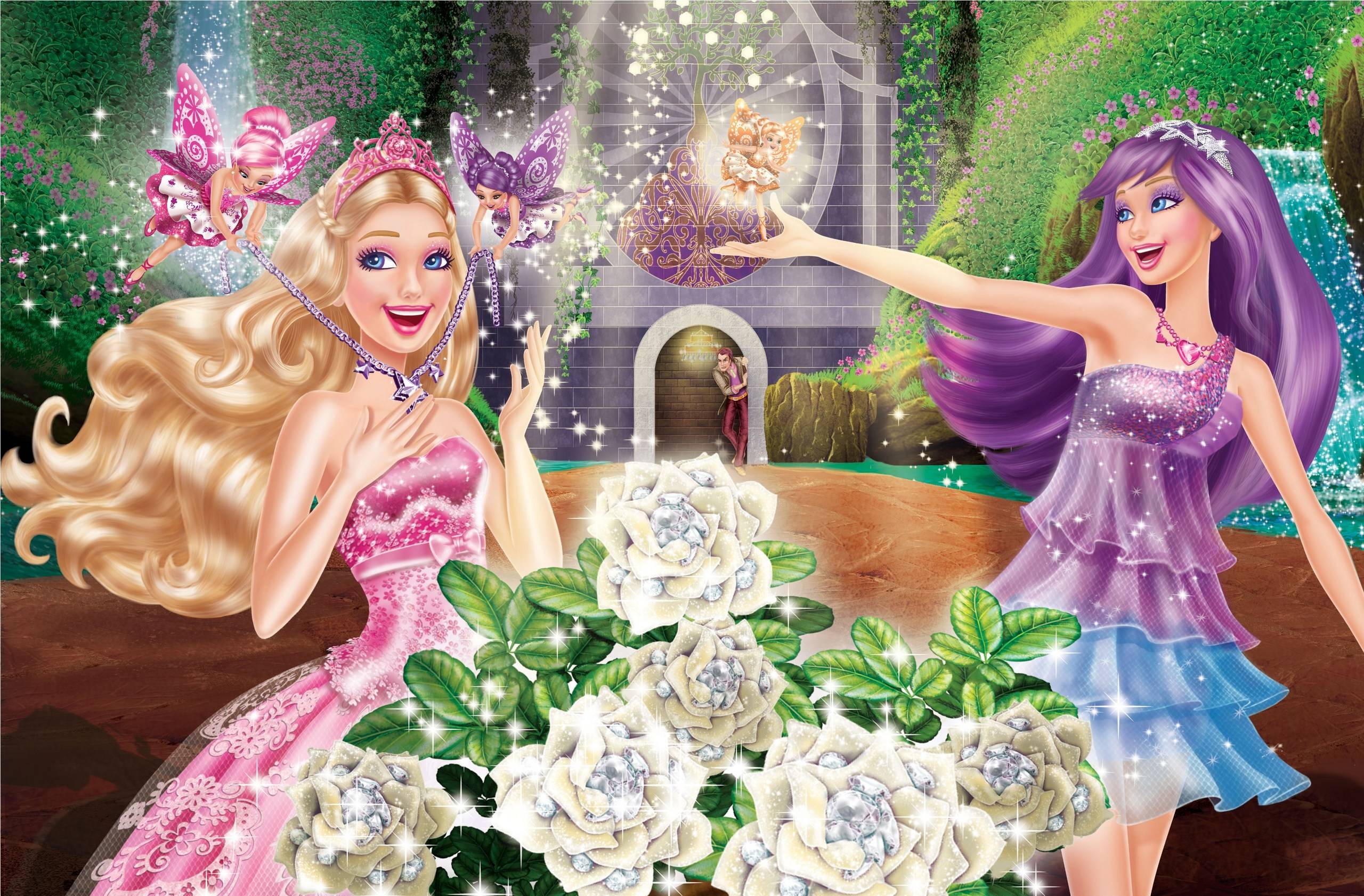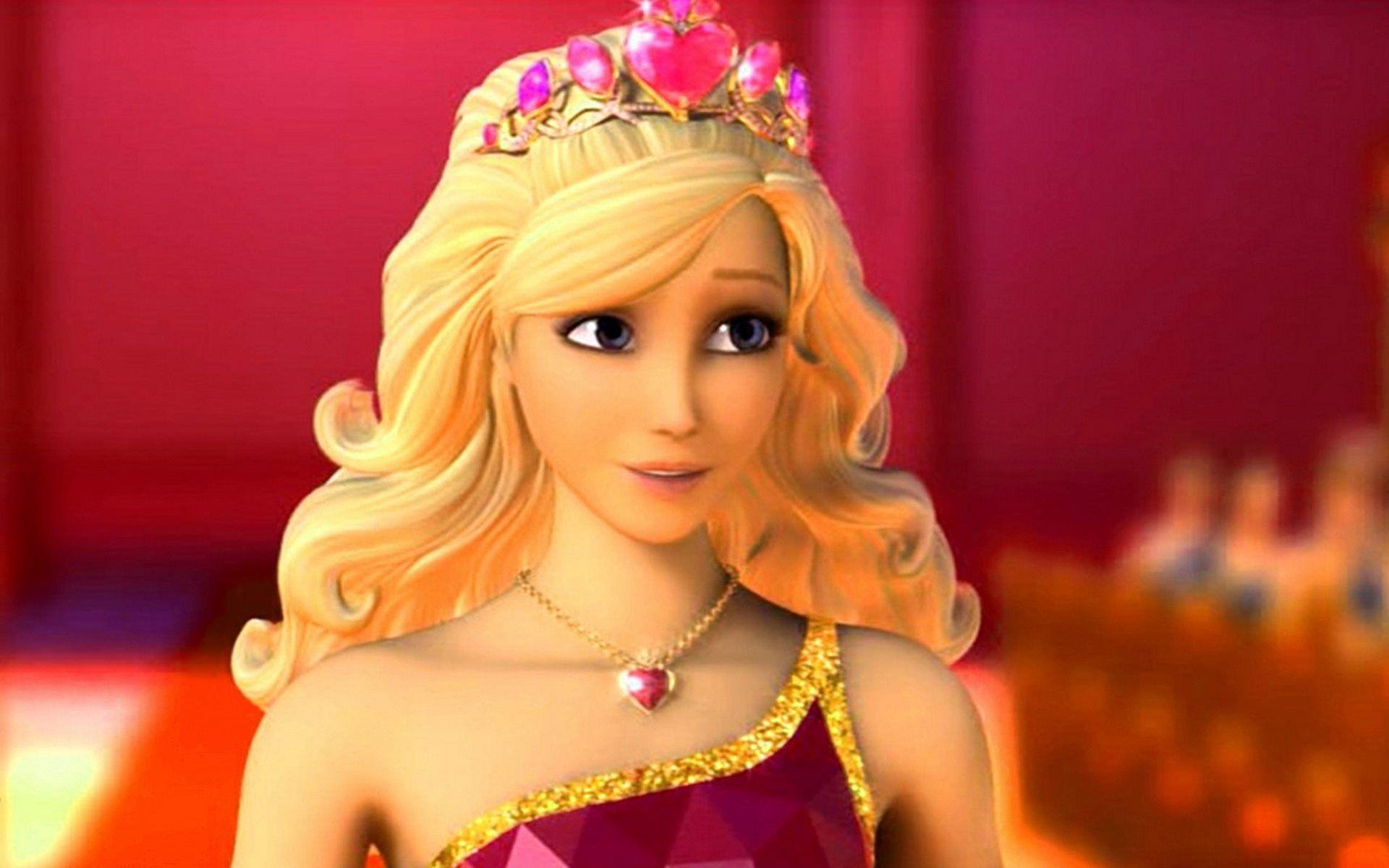
Introduction
Barbie is a popular fashion doll that has been loved by generations of children and collectors alike. Since her debut in 1959, Barbie has become an iconic figure in the toy industry and has inspired countless movies, books, and even a theme park. This article will delve into the background of Barbie, her evolution over the years, and her impact on popular culture.

The Creation of Barbie
Barbie was created by Ruth Handler, the co-founder of Mattel, who was inspired by her daughter's fascination with paper dolls. Handler realized that there was a gap in the market for a three-dimensional fashion doll that could be dressed up and played with. She named the doll Barbie after her own daughter, Barbara.
The Early Years
Barbie made her debut at the New York Toy Fair in 1959. She wore a black-and-white striped swimsuit, high heels, and had a ponytail hairstyle. The doll was an instant success, and her popularity soared. In the following years, Barbie's wardrobe expanded to include various careers, such as a nurse, stewardess, and teacher, reflecting the changing roles of women in society.

Evolution of Barbie
Throughout the years, Barbie has undergone numerous transformations to keep up with the ever-changing fashion trends and cultural shifts. In 1961, Barbie received her first boyfriend, Ken, named after Ruth Handler's son. Over time, Barbie's body proportions and facial features have also changed to promote inclusivity and diversity.

Barbie's Impact on Popular Culture
Barbie has not only been a beloved toy but has also made a significant impact on popular culture. She has appeared in numerous movies, TV shows, and even video games. In 1987, Barbie was even featured in her own animated film, "Barbie and the Rockers: Out of this World." Her influence extends beyond entertainment, as she has been a source of inspiration for young girls aspiring to pursue careers in various fields.

Controversies and Criticisms
Despite Barbie's immense popularity, she has also faced criticism throughout the years. One of the major criticisms revolves around her unrealistic body proportions, which some argue may contribute to body image issues among young girls. Mattel has taken steps to address these concerns by introducing more diverse body types and promoting body positivity.

Collecting Barbie
Barbie has become a highly sought-after collectible item for enthusiasts around the world. Collectors often seek out limited edition dolls, vintage dolls, and special collaborations. The value of certain Barbie dolls can skyrocket over time, making them a lucrative investment for some collectors.

Conclusion
Barbie's background is rich with history and cultural significance. From her creation in 1959 to her continued popularity today, Barbie has captured the hearts of millions of people worldwide. Despite some controversies, Barbie remains an iconic figure and a symbol of empowerment for many. Her impact on popular culture and the toy industry is undeniable.